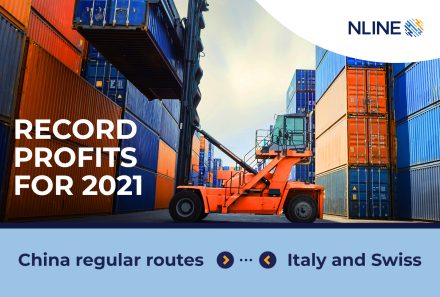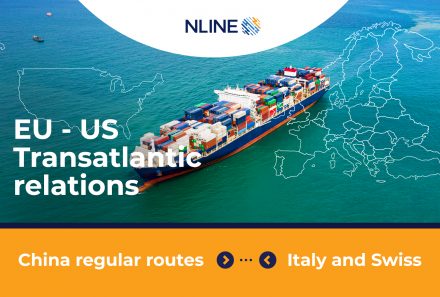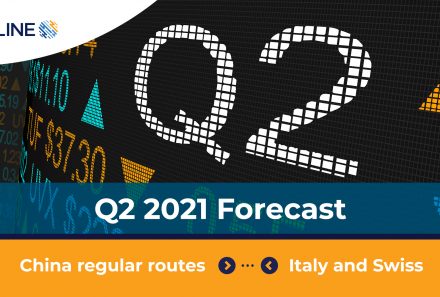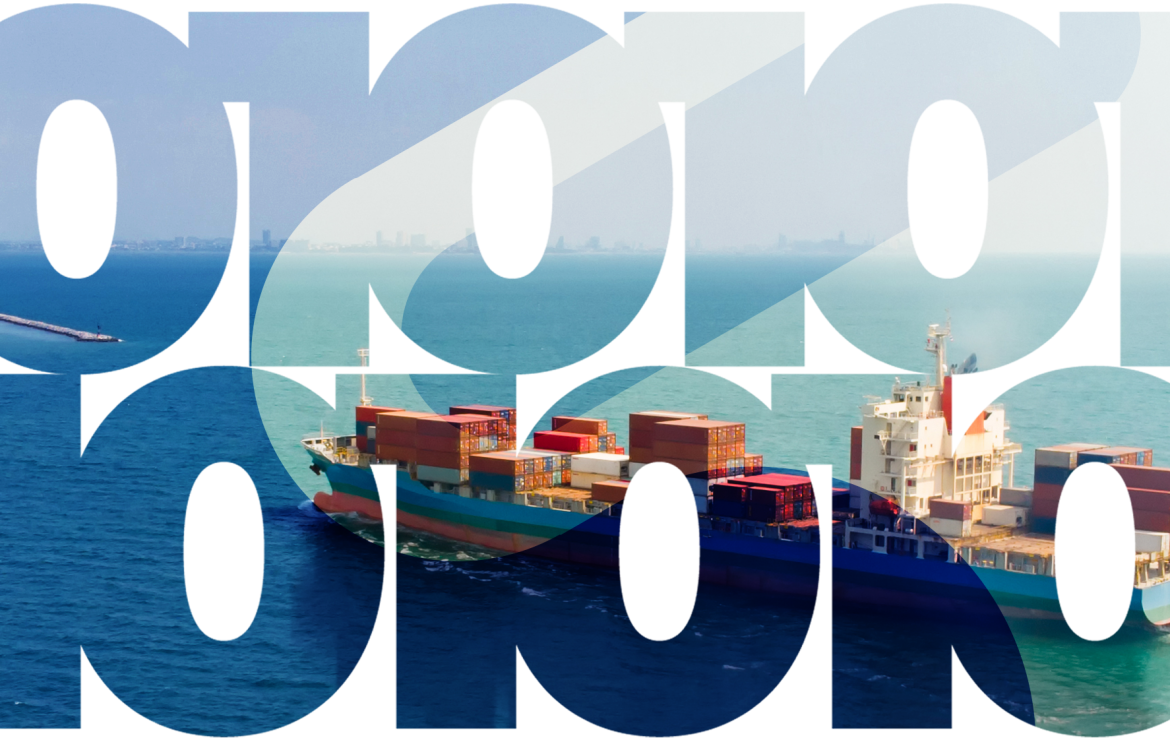
From 0 to 1 in sea freight technology
In sea freight technology the ecosystem is not yet there, although multiple parties line NLINE follow technology development from day one of its business. In order to provide responsible, flexible and dynamic environment, all shipments are being moved through our online solutions from booking to delivery. This includes getting legacy systems to interact via API rather than EDI as well as trying out new technologies such as blockchain.
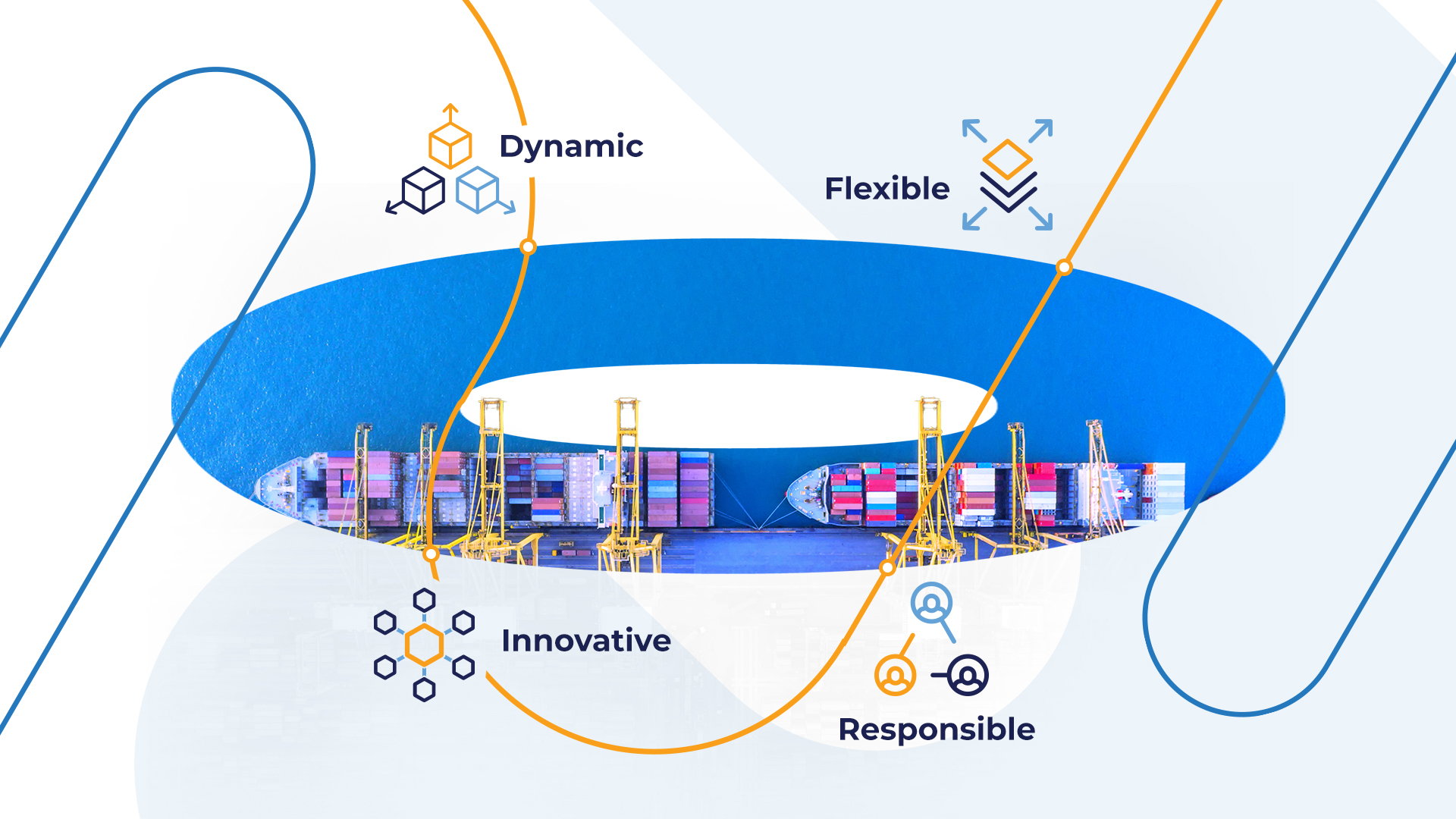
On the doorstep of the next decade, it is becoming clear that sea freight technology has entered a “golden age” of accelerated adoption led by the world’s largest freight brands and biggest companies.
Maersk, who move one in five of every container on the planet, is all-in on transforming itself into a technology company that provides freight services rather than the reverse. They now have more than 3.000 technology professionals working on dozens of solutions and every quarter release brand new platforms. Kuehne+Nagel, the largest ocean freight forwarder, has a similar aim, and even Amazon, whose competitive advantage is based on owning the last mile, has its sights set on the first mile as well – and it never does anything that isn’t digital from day.
The market leaders believe that by the end of the next decade freight will be managed online, but SaaS solutions offer more than just interaction with one company. If you look at more mature SaaS verticals such as CRM you can be live in seconds, not just for the core product, but a whole ecosystem of ancillary products and services. Digital marketing campaigns, customer databases, management of social media channels – the list is almost endless. On the doorstep of the next decade, it is becoming clear that freight technology has entered a “golden age” of accelerated adoption led by the world’s largest freight brands and biggest companies. From Zero to One in freight technology.
Or subscribe and get latest updates on our services and industry weekly.


